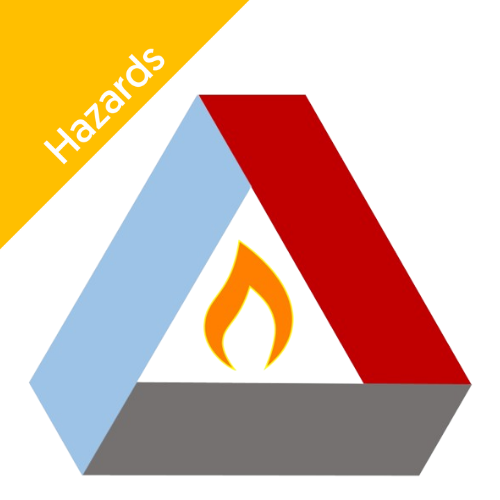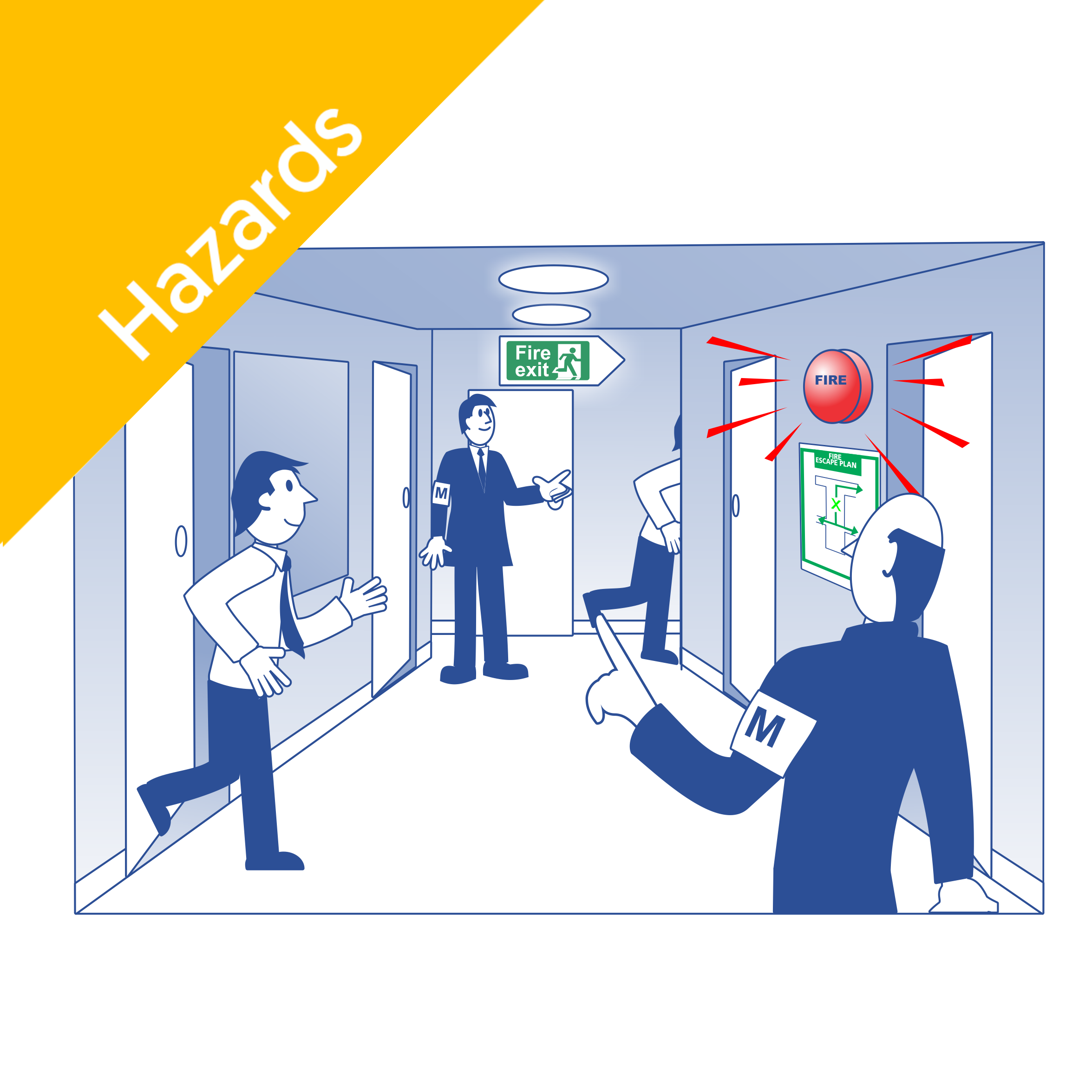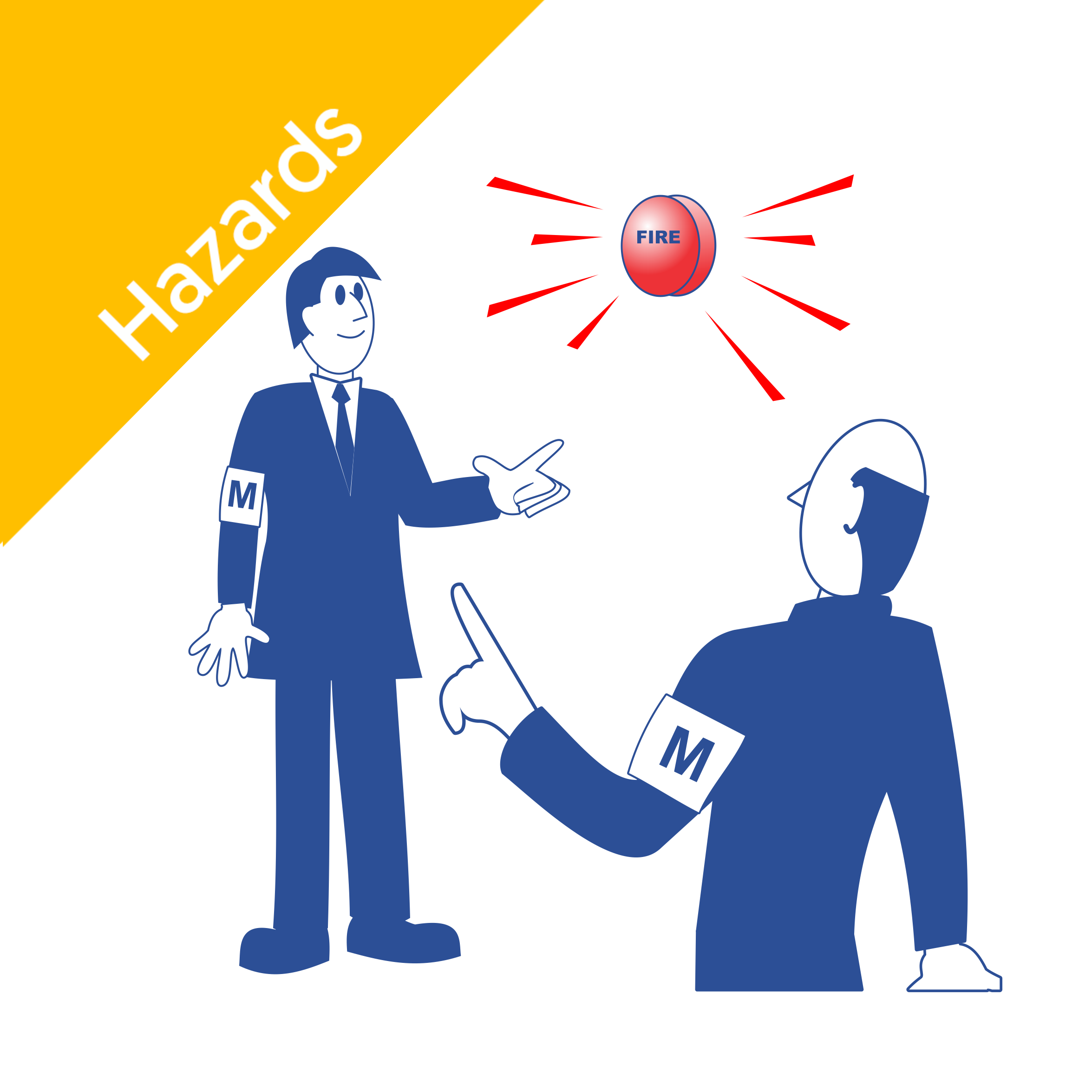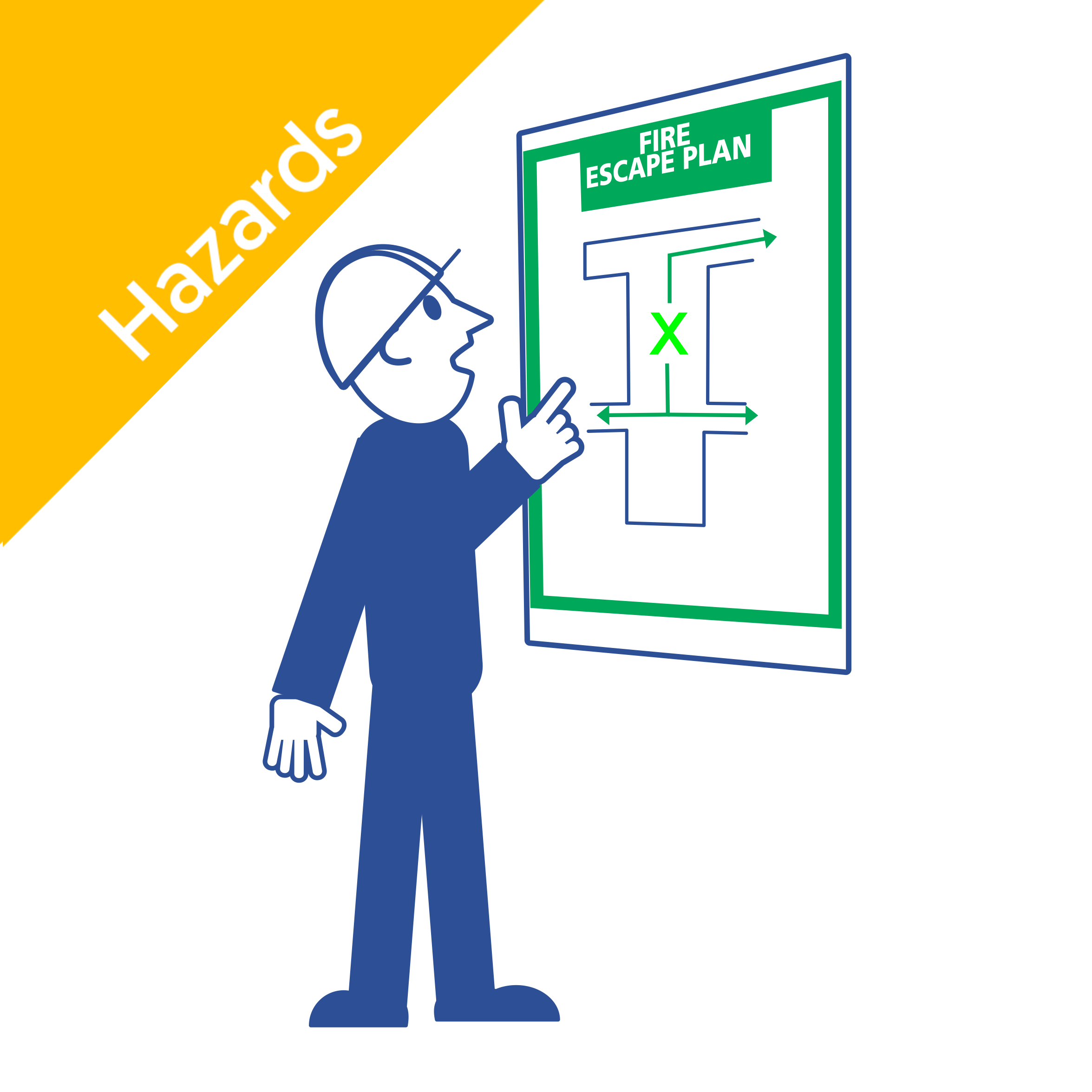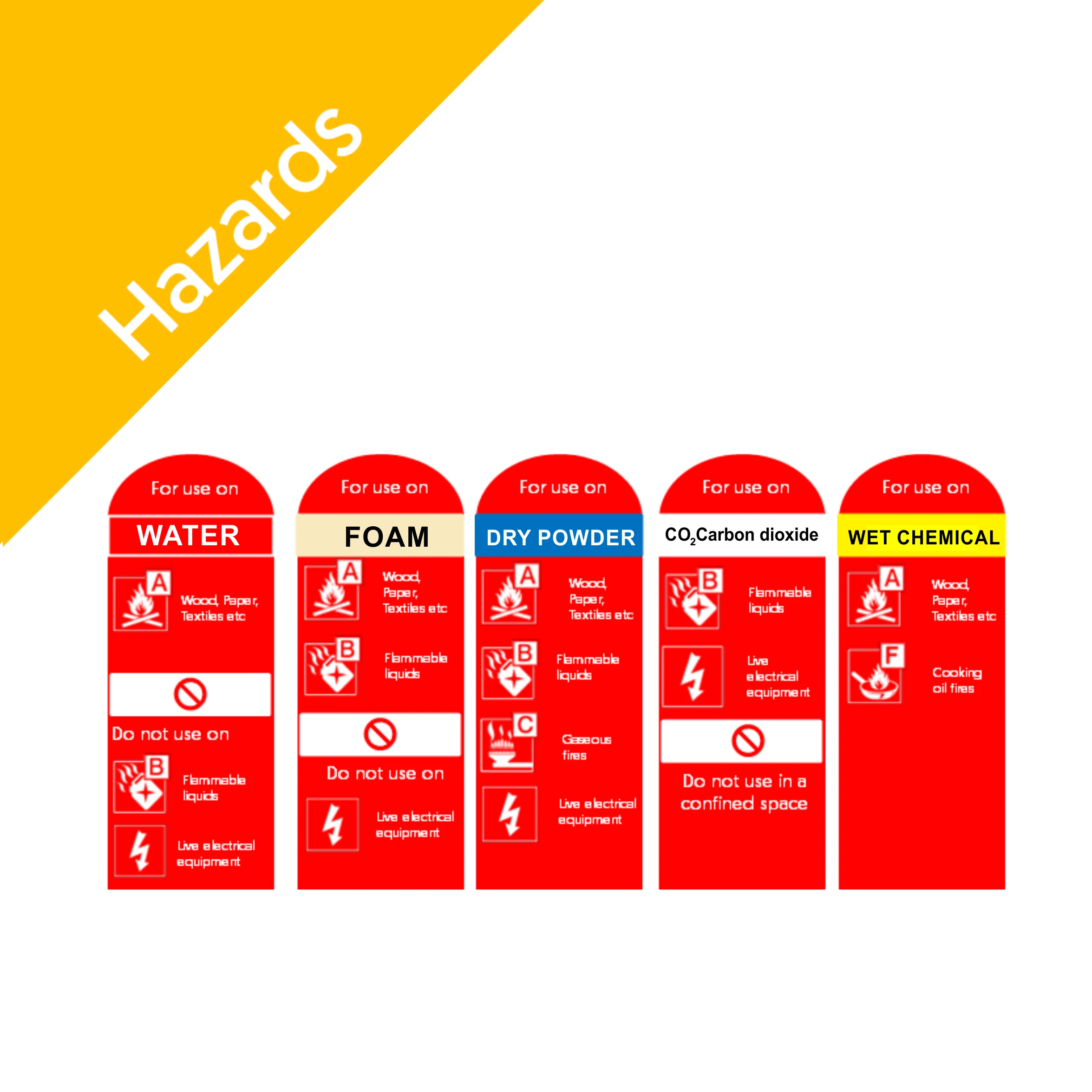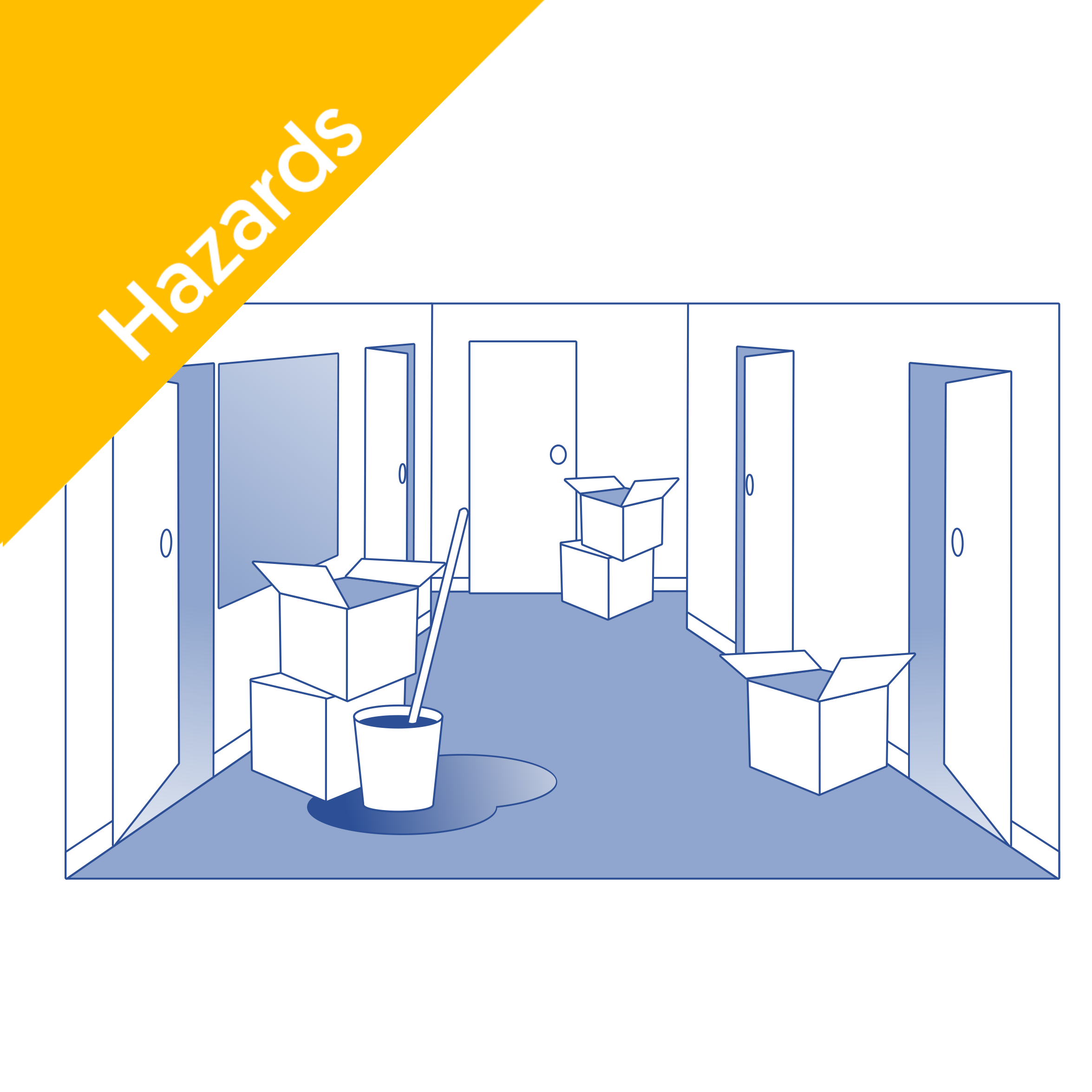Fire Safety Regulations:
The Regulatory Reform (Fire Safety) Order 2005 (RRFSO) covers fire safety on non-domestic premises. It requires the responsible person, or the person in control of the premises, to take reasonable steps to reduce the fire risk and ensure people can safely escape in the event of a fire. Employers must provide information, instruction, and training to employees about fire hazards in the workplace.
Section 156 of The Building Safety Act 2022 requires persons who perform fire risk assessments to be adequately trained, experienced, or knowledgeable.
The Construction Design and Management (CDM) Regulations 2015 impose duties on construction site managers to assess and minimise fire risk from work activities by eliminating, reducing, and controlling ignition sources and combustible materials.
The Dangerous Substances and Explosive Atmospheres Regulations 2002 (DSEAR) (SI 2002 No.2776) put duties on employers to protect people from risks to their safety from fires, explosions, and similar events in the workplace. It includes dangerous substances such as solvents, paints, varnishes, and flammable gases such as liquid petroleum gas (LPG), dust from machining and sanding operations, and dust from foodstuffs.
In short, yes, fire safety legislation sets out that training is a legal requirement for any employer, and the training is mandatory.
Why is fire safety training important?
Each year, UK fire and rescue services attend thousands of fires at work, with some causing injury and fatalities. Fire safety training is of utmost importance in ensuring the safety and well-being of individuals in any workplace or premises. Here are a few reasons why fire safety training is crucial:
1. Prevention: Fire safety training equips employees with the knowledge and skills to prevent fires from occurring in the first place. They learn about potential fire hazards, how to identify them and take necessary precautions to eliminate or minimise them.
2. Quick response: Knowing how to respond swiftly and effectively in the event of a fire can make all the difference. Fire safety training teaches employees how to use firefighting equipment such as fire extinguishers and fire blankets, as well as how to evacuate safely and efficiently. This ensures that employees can respond promptly in the event of a fire, potentially saving lives and minimising damage.
3. Awareness: Fire safety training raises awareness among employees about the potential dangers of fires. Employees become more vigilant and proactive in identifying potential risks by understanding the causes of fires and the importance of fire prevention measures. This increased awareness can help prevent fires from occurring and spreading.
4. Confidence: By providing employees with thorough fire safety training, employers empower their workforce with confidence and competence in handling fire emergencies. Knowing they have the knowledge and skills to respond effectively in such situations boosts their confidence and enables them to act quickly and calmly, minimising panic and chaos.
5. Legal compliance: As mentioned earlier, fire safety training is a legal requirement for employers. By providing this training to employees, employers ensure compliance with regulations and avoid potential legal consequences.
The Consequences of Fire
The main consequences of fire are:
Death:
- Although this is rare, it is a genuine risk. In England alone, in the year ending March 2023, there were 15 fatalities caused by fire in non-residential building fires.
Injury:
- Most commonly, burns and respiratory injuries.
Building damage:
- Damage can be significant, particularly if the building materials have poor fire resistance and have little or no built-in fire protection.
Loss of business, assets, and jobs:
- It is reported that a significant number of companies do not start up again after a fire. Many are underinsured or uninsured.
Environmental damage:
- Fires can cause extensive environmental damage, especially in areas with dense vegetation or near bodies of water. The release of toxic smoke and chemicals into the air can also have detrimental effects on the environment and wildlife.
What is fire safety training?
A basic fire safety training course would should provide all employees with fire awareness. Here is a run down of some of the subjects it should include.
Fire training UK Introduction:
Fire Safety Background
- Introduction to Fire Safety
- Consequences of Fire
- The Regulations
Understanding Fire Basics
- The Fire Triangle
- Classification of Fire
- Fire Spread and Heat Transmission
Managing the Risk of Fire
Assessing the Risk of Fire
- Fire Prevention
- Fire Detection and Alarms
Fire Fighting and Extinguishers
- Extinguishing a fire
- Portable Fire extinguishers
- Firefighting equipment, such as fire blankets
Fire Evacuation and Emergency Procedures
- Evacuation of a Workplace
- Emergency Plans
- Fire Prevention
- Fire Drills
- Reacting to Fire
Where the fire risk assessment has shown a need for a fire marshal or fire warden, a more advanced training course with more detail on evacuation procedures is required. Check out the Commodious Advanced fire safety training course suitable for Fire Marshalls and Fire Wardens.
Who can give fire safety training?
There are no special requirements for fire safety training; a small employer may feel capable of providing the training if the environment is classified as low-risk from fire.
However, it is essential that the training be carried out, logged, and records kept of when and who carried out the training. Many now use the Internet as the most cost-effective and convenient way to conduct fire safety training courses.
Fire Safety Certificate and Learners Management Systems
A good provider usually also offers an LMS (Learning Management System) to hold the training records online. Upon successful completion of the course, the LMS will create and store a digital certificate for your own convenience. Commodious provides an LMS for e-learning; all covered in the course price.
How often should fire safety training be carried out?
The Health and Safety Executive is responsible for regulating workplace safety. It sets out rules and guidance about fire safety arrangements.
Fire training for your organisation
The HSE specifies that when new employees begin work, workplaces must teach and inform them of new fire risks.
It does not require annual fire safety training. Unlike fire drills, which should be conducted and recorded every year.
But, as with all training, people may forget things and become complacent. It is down to individual judgment, but we suggest training every three years is good practice. Commodious offers an online training course for all employees and those in the role of fire warden. You can find links to these courses at the end of this article.
How much does training on fire safety cost?
How much does fire safety cost? Cost is a bit like asking how long a piece of string is. Costs vary enormously depending on whether it is an online or a face-to-face course. The number of trainees also impacts the price.
Our online fire safety awareness course is £10 + VAT with a free Learning Management System. Discounts for bulk buying and bundle deals are available with other useful and essential health and safety compliance training courses. of and bundle deals are
Training for Fire Marshal/Fire Warden
Our online Fire Marshal Training course is £15 + VAT with a free Learning Management System and the same bulk buying and bundle deals as the fire safety awareness course.




